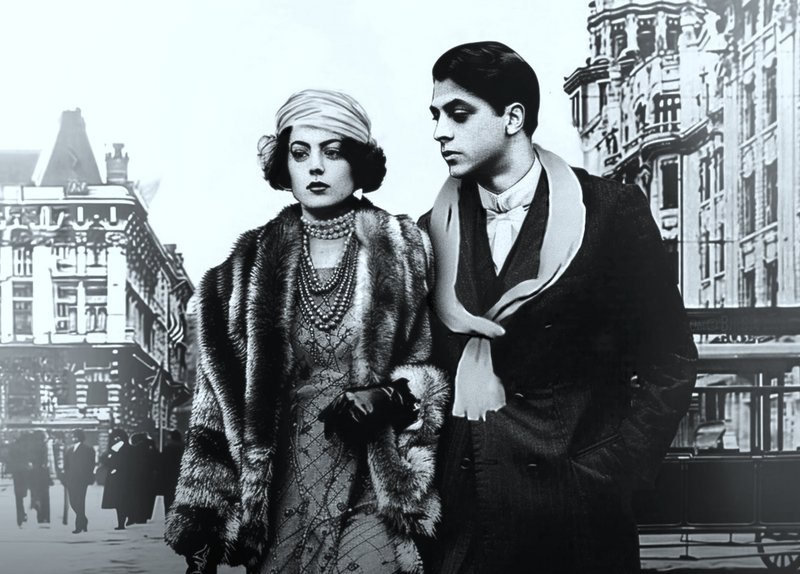
My encounter with Zavaidoc began as I tried to decipher the complex architecture and intoxicating atmosphere of 1923 — perhaps the wildest of the “roaring twenties.” With every page of old newspapers I turned, every leaf of a dusty book I unfolded, every flicker of black-and-white film I watched, and every grainy photograph from that dawn of a new century, I found myself drawn to a voice unlike any other. Zavaidoc’s voice — vibrant, soulful, and utterly unique — echoed through time, carrying the spirit of a city and an era in flux.
Zavaidoc was a man who effortlessly navigated the cultural crossroads of his day, equally at home performing operetta and folk songs, yet always rooted in the living, breathing music of the postwar urban landscape. His songs were more than melodies; they were epic narratives, full of passion and the everyday poetry of city life rebuilding itself after the devastation of war.
Everything that unfolded in 1923 seems to resonate through Zavaidoc’s life and art — a year marked by upheaval, romance, and relentless reinvention. His story is inseparable from the history of that turbulent year, a love story immersed in the pulse of a society trying to find new meaning. It is this intertwining of personal passion and historical drama that makes Zavaidoc’s voice not only a reflection of his time but also a timeless echo that continues to inspire.
In my novel Zavaidoc in the Year of Love, I dive deeper into this extraordinary figure and the vibrant world he inhabited — a world where music, history, and love collide, revealing the heartbeat of an age that shaped modern Romania. Through this journey, Zavaidoc’s voice is reborn, inviting readers to rediscover a past alive with color, conflict, and unforgettable songs.